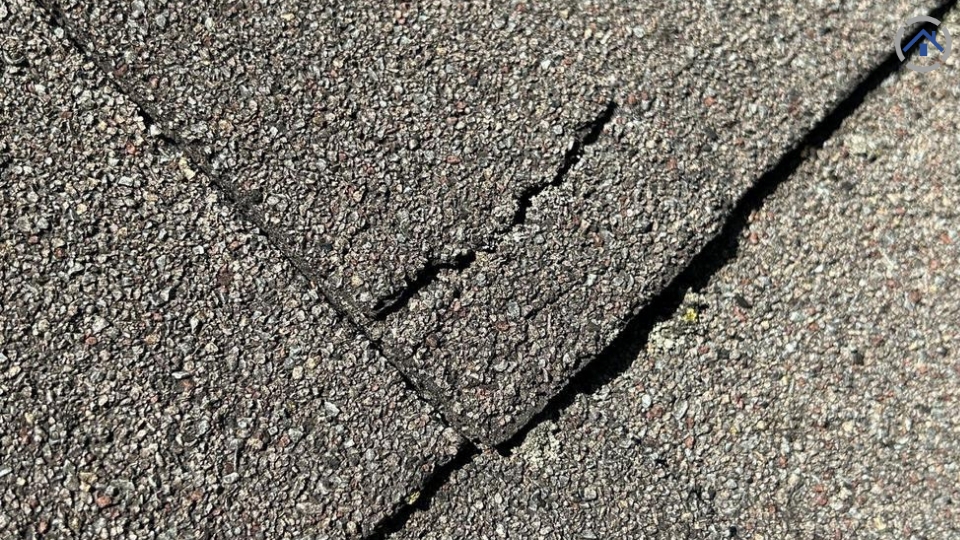
As a homeowner, it's essential to keep an eye on the condition of your roof, especially the shingles. Over time, shingles wear and tear due to exposure to the elements. In this blog post, we will discuss the common questions of homeowners and the signs my shingles are getting old. By understanding these signs, you can assess the age of your shingles and determine if they require attention or replacement. Let's dive in and explore the key indicators of aging shingles.
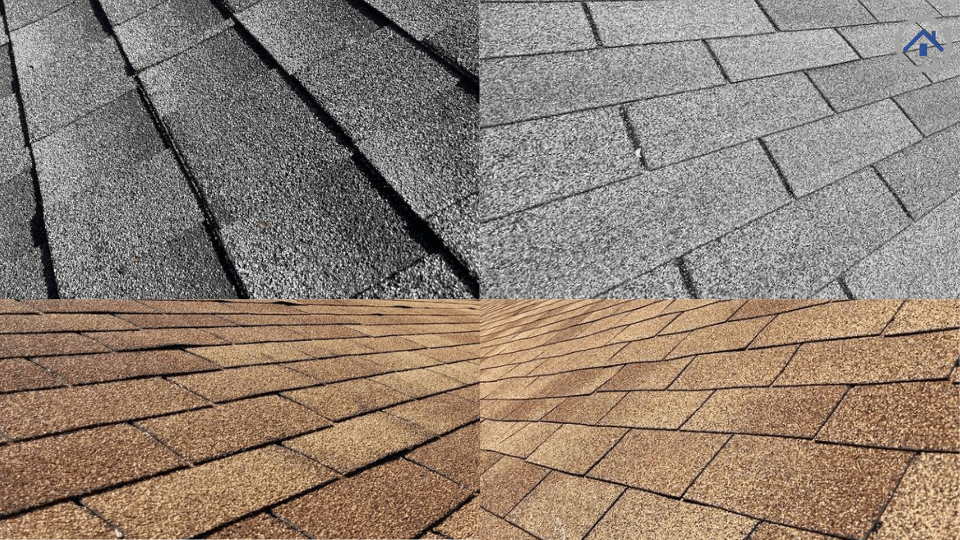
One of the most visible signs that your shingles are aging is the presence of cracks. Over time, the sun's UV rays dry out the shingles, causing the materials to deteriorate. This drying effect makes the shingles more prone to cracking. If you notice cracks on your shingles, it's a strong indication that they are nearing the end of their lifespan.

Another sign of aging shingles is the loss of granules. Shingles are designed with coated granules that serve multiple purposes, including protecting the asphalt layer from UV degradation. Wind, dry conditions, or mechanical damage can cause these granules to dislodge over time. If you observe a significant amount of granule loss on your shingles, it's a clear indication that they are aging and may need attention.
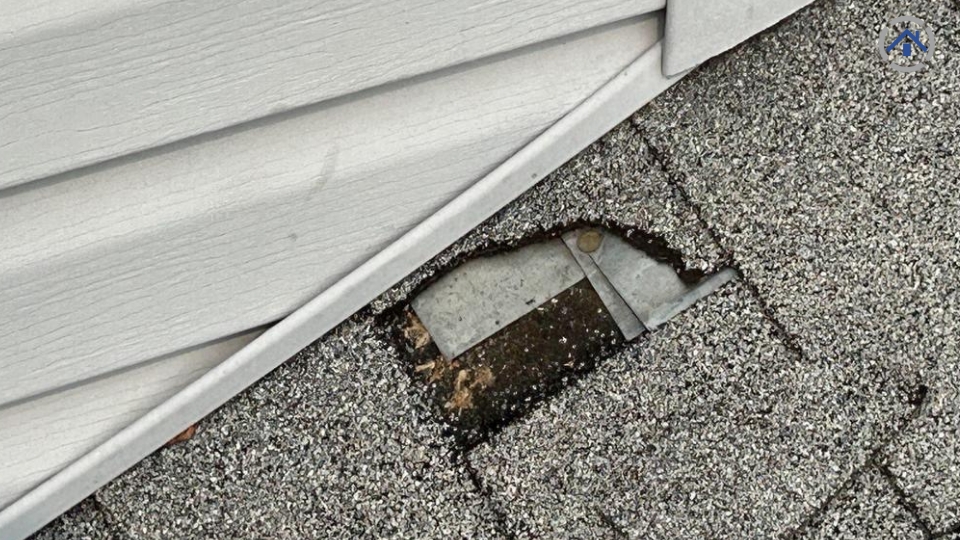
Inspecting your shingles closely can reveal the presence of fiberglass strings. Shingles are constructed with a fiberglass mat, which holds the thin layer of asphalt together in a specific shape. As shingles age and deteriorate, the asphalt layer can wear away, exposing the fiberglass strings beneath. If you spot these strings, it's a sign that your shingles are becoming old and may not provide optimal protection.

After a rain shower, most roofs dry off quickly. However, if your shingles take longer to shed moisture compared to others in your neighborhood, it could be an indication of their age. As shingles deteriorate, they lose their ability to repel water effectively. This prolonged moisture retention can lead to further damage and the potential for leaks if not addressed promptly.
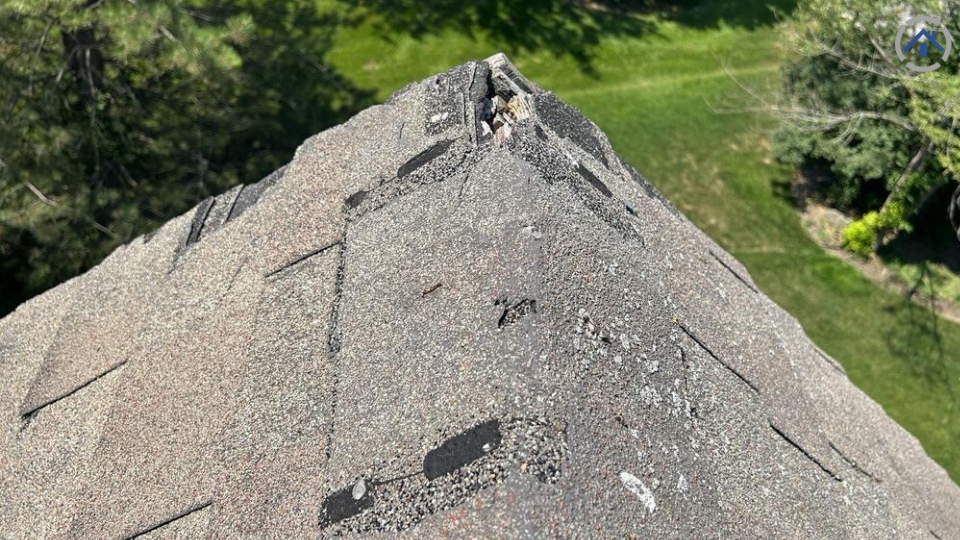
The sun's UV rays play a significant role in the aging of shingles. Over time, prolonged exposure to the sun's rays causes the shingles to dry out and deteriorate. This drying effect is particularly detrimental to the materials used in shingle construction. As the shingles dry out, they become more susceptible to cracking and damage.
When shingles dry out, they lose their flexibility and become brittle. This makes them prone to cracking, especially during temperature fluctuations or when exposed to physical stress, such as hail or falling debris. Cracks in the shingles compromise their ability to repel water effectively, leading to water infiltration and potential leaks.
Additionally, as shingles age and dry out, they tend to absorb more water. The drier the shingle, the more it cracks and holds water. This water retention can contribute to further deterioration and accelerate the aging process.
Shingles are designed with a protective layer of coated granules. These granules serve multiple purposes, including enhancing the shingles' aesthetic appeal and protecting the underlying asphalt layer from the sun's UV rays. They act as a shield, helping to minimize the impact of UV degradation on the asphalt.
However, over time, various factors can cause granule loss. Strong winds can dislodge the granules, especially if the shingles are already weakened or nearing the end of their lifespan. Additionally, dry conditions can lead to granule loss as the shingles become more brittle.
Mechanical damage is another factor contributing to granule loss. Activities such as walking on the roof, performing maintenance or repairs, and even animals traversing the shingles can displace the granules. When the granules are lost, the asphalt layer becomes exposed, making it susceptible to accelerated degradation from the sun's UV rays.
Granule loss not only compromises the shingles' appearance but also reduces their ability to protect the underlying layers. Without the protective granules, the asphalt layer is more vulnerable to UV degradation, leading to faster deterioration of the shingles.
Understanding how shingles age allows homeowners to identify the signs of aging and take appropriate action to maintain the integrity of their roofs. Regular inspections and prompt repairs or replacements when necessary can help extend the lifespan of the shingles and ensure the long-term protection of the home.
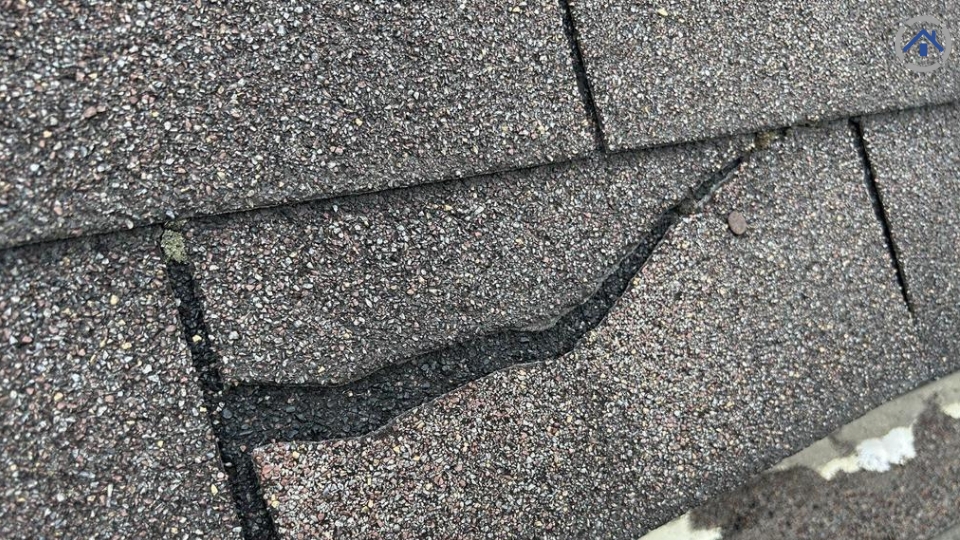
The fiberglass mat forms the base of the shingle and provides structural integrity. It consists of a mesh-like arrangement of fiberglass fibers that hold the shingle together and give it shape. The fiberglass mat is lightweight, yet strong, making it resistant to tearing and ensuring the overall stability of the shingle.
The asphalt layer is an integral part of the shingle, serving as a waterproofing agent. It is an asphalt by-product that acts as a barrier against moisture infiltration. The asphalt layer helps to shed water, preventing it from seeping into the underlying layers of the roof. This protection is crucial for maintaining the integrity of the roof and preventing leaks.
The outermost layer of the shingle is comprised of coated granules. These granules are typically made of ceramic-coated mineral particles. They serve several important functions, including protecting the asphalt layer from the sun's harmful UV rays. The granules act as a shield, reducing the impact of UV degradation on the asphalt and extending the lifespan of the shingle.
Over time, granule loss can occur due to various factors. Strong winds can dislodge granules, especially if the shingles are already weakened or nearing the end of their lifespan. Dry conditions can make shingles brittle, leading to granule loss. Additionally, mechanical damage from activities like walking on the roof or animals traversing the shingles can displace granules. When granules are lost, the asphalt layer becomes exposed, making it vulnerable to accelerated degradation from the sun's UV rays. Granule loss compromises both the appearance of the shingles and their ability to protect the underlying layers. Regular inspections, prompt repairs, and replacements when necessary are crucial for extending the lifespan of the shingles and ensuring long-term roof protection.
Regularly inspecting your shingles for signs of aging is essential for maintaining the integrity of your roof. By identifying the signs mentioned above, such as cracking, granule loss, the presence of fiberglass strings, and extended moisture retention, you can assess the age of your shingles and take appropriate action.
If you notice significant signs of aging, such as widespread cracks or excessive granule loss, it may be time to consult a professional roofing contractor. They can provide an expert evaluation of your shingles' condition and recommend the best course of action, which may involve repair or replacement.
Remember, addressing aging shingles promptly can help prevent further damage, extend the lifespan of your roof, and protect your home from potential leaks and structural issues.